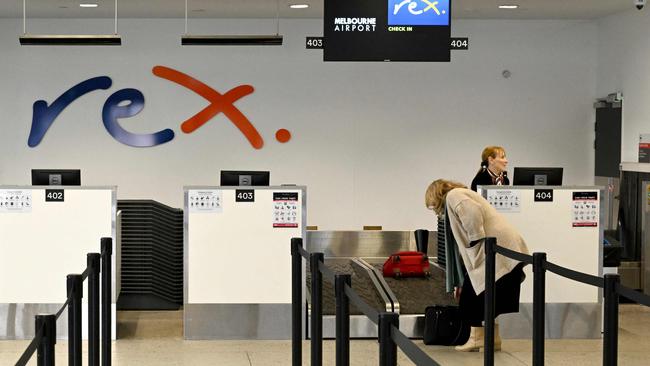Australian companies turn to voluntary administration in order to stave off financial ruin
The number of Australian executives putting their companies into voluntary administration in a bid to turn their flagging fortunes around is growing, ASIC figures show.

Company directors are increasingly relying on voluntary administration to stave off collapse as dwindling revenue, rising costs and higher debt repayments push insolvencies to record highs.
Industry watchers say there has been increased activity across the economy this year, with pressures that initially affected small and medium-size businesses now spreading to larger household names.
Figures from the Australian Securities & Investments Commission show that voluntary administration appointments rose 14.5 per cent in the 2024 financial year to 1492, and 120 per cent from 2023. In the September quarter, there has been a 5 per cent uplift to 392.
EY strategy and transaction partner Morgan Kelly said voluntary administration was fast becoming a tool directors were using to turn around a company’s fortunes. “Voluntary administration is a rapid way to turn around a business, because it takes time to restructure a business and to pivot your cost base and your debt levels, to match revenues and to restructure business to fit with the circumstances an organisation faces,” he said. “The voluntary administration process puts a freeze on legal actions against the company, on recovery actions on creditor rights. It gives the company time and protection to be able to put in place those restructuring steps without anybody being able to act against the company.”

Rex has been the biggest casualty. The airline entered voluntary administration in July, owing $500m, and subsequently culled its Boeing 737 fleet. Online book retailer Booktopia and Godfreys have also entered the process, with the latter wound up in June. Last month saw ASX-listed food group The Beston Global Food Company turn to voluntary administration amid mounting debt.
While many small and medium-sized businesses have been caught in the crossfire, BDO business restructuring national leader Duncan Clubb told The Australian that more larger businesses were coming under fire and likely to deteriorate further this cycle.
“Early on we saw those with smaller balance sheets and less ability to absorb losses come under pressure earlier in the cycle and as we are further along that is spreading to those larger, more well-known businesses,” he said.

“Those larger businesses are now exposed as conditions have not turned around as quickly as they may have hoped for.”
With the economy slowing down and broader inflationary pressures on household spending and operating costs, there has been a sharp increase in total insolvency appointments. ASIC data shows there were a record 3631 appointments in the September quarter, a 45.5 per cent increase from the same period in 2023, and 10 per cent more than the June quarter.
Mr Clubb said businesses that were in trouble before Covid-19 were now coming under pressure from structural issues given that capital was expensive, the ATO was pursuing unpaid tax and operating expenses were higher.
“During Covid-19 those pressures went on pause for a few years because lenders weren’t enforcing money, interest rates were at record lows and the tax office was not interested in going after anyone,” he said.
“These businesses typically have horrible balance sheets from accrued liabilities and have few options left apart from going through the process of a voluntary administration.”
Mr Clubb said directors who were turning to voluntary administration often oversaw great companies but they had bad balance sheets and little hope of overcoming a mountain of debt in a reasonable time.
He said it was an unpleasant process and serious thought needed to be given as to the end goal.
“Businesses need to know how they want to come out at the other end because once a decision is made you can’t reverse it,” he said.
Voluntary administration is an insolvency procedure where an external administrator is appointed because the company is in financial trouble. It occurs after directors have decided the company is or likely to become insolvent but can also be triggered by a liquidator or a secured creditor.




To join the conversation, please log in. Don't have an account? Register
Join the conversation, you are commenting as Logout